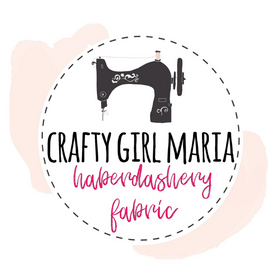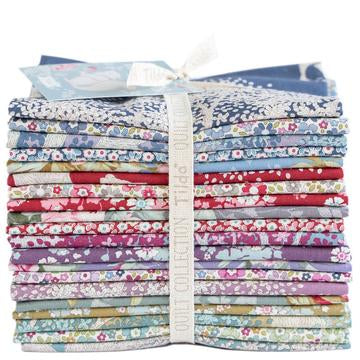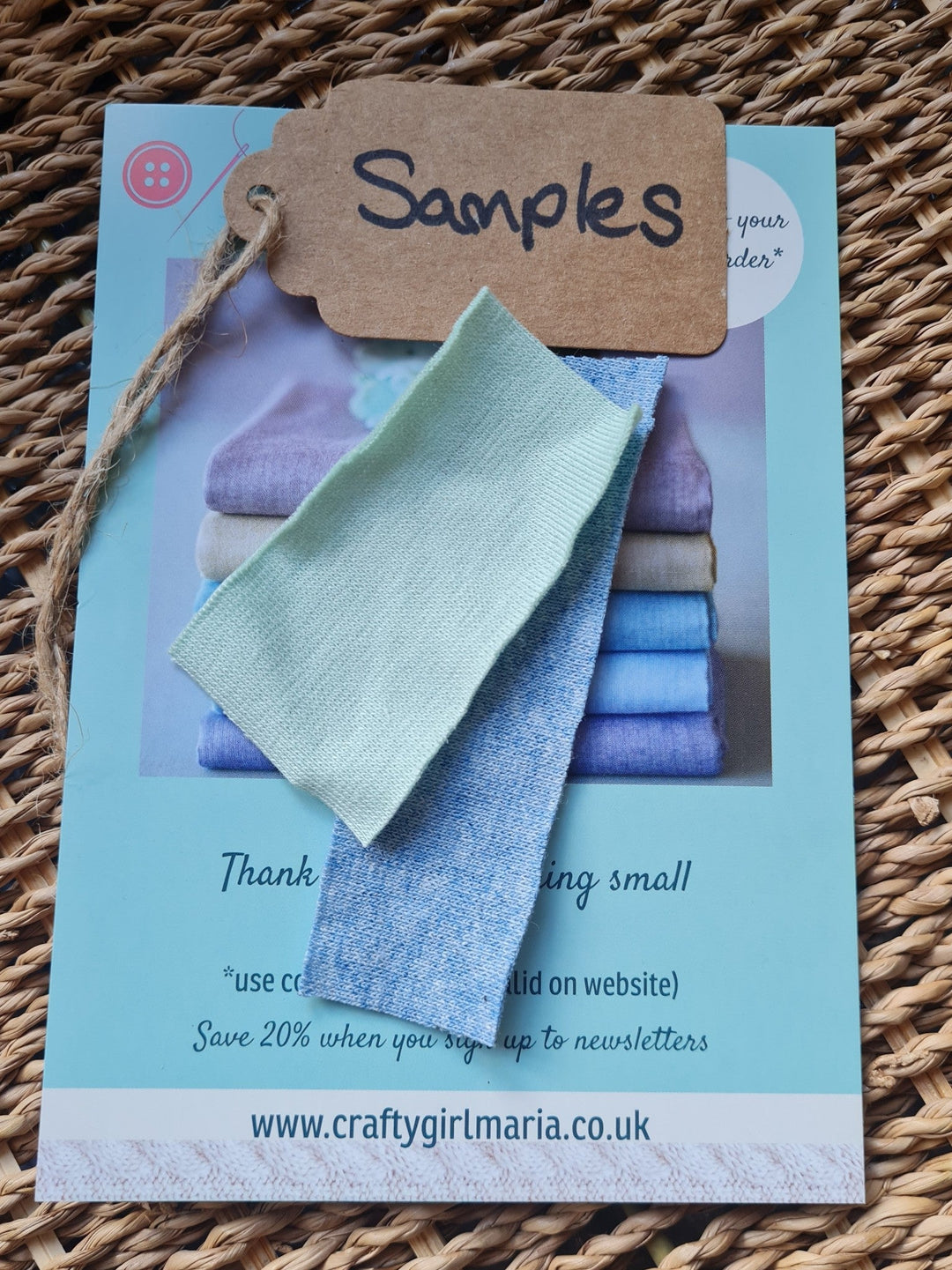Beginners dressmaking tips: 4 easy steps for choosing the right sewing pattern
Choosing the right sewing pattern can be tricky, especially when you are first starting out sewing your own clothes. Here are 4 simple steps on helping you through the confusion.
1. Difficulty of pattern: usually patterns specify how difficult they are, so this will help you choose the best pattern for your sewing level. I don't necessarily advise that you only choose easy sewing patterns when you start out. If you find a pattern you really like and want to make, it's fine to start with a challenge. You can always find tips on the Internet to help you. When I first started out, I found a pattern I really wanted to make and although it wasn't the easiest, I was confident in giving it a go despite the fact I hadn't made a skirt before. It was worth the extra time it took and I learnt a lot from making it. A good place to start is indie sewing patterns, (e.g. Tilly and the Buttons or Sew Over It) rather than the major sewing pattern designers, such as Vogue, New Look, Simplicity, McCalls). They tend to contain more information on all of the steps required to make the garment and include photographs to help you. Some sewing pattern designers will also indicate where you can find extra help on certain elements of construction on their website.
2. Ensure your sewing pattern and your fabric are compatible. Each sewing pattern will detail which types of fabrics suit the pattern and it's very important to follow these guidelines. The right fabric can make or break a garment as each fabric has different qualities e.g. drape, structure, weight etc. Sometimes I start out with the fabric (because I saw it and couldn't resist it!) and then find a sewing pattern suitable. You can always use Pinterest or Instagram to search up patterns if you are not sure what will suit your fabric. For example, I fell in love with a cotton double gauze and wasn't sure what sewing pattern would suit it, so I searched Instagram using #doublegauzefabric to get some ideas.

3. Choose the right pattern to suit you. The more I make my own clothes, the more I learn about what type of clothes suit my body shape and my style. A good place to start is with your wardrobe. Look at what you wear - what clothes make you feel fabulous, which ones do you wear most often, what fabrics do you like what styles suits you? Life is too short for anything but fabulous clothes don't you think? I can sometimes find it hard to visualise what a sewing pattern will look like when it's on me. You may well not end up looking exactly like the model on the front cover of the sewing pattern! I absolutely adore the Wilder Gown by the Friday Pattern Company and the tall, slender, leggy model on the front of the pattern looks amazing in the white floaty garment. I'm size 10, 5'4" and a rectangle shape, however, so I understand that I will not look like said model! I'm still making the wilder gown but stopped myself making a white dress as I thought I would end up looking like I was in my nightgown (and it would get dirty within seconds knowing me).
Another tip is to go and try on garments in clothes shops! I saw a lot of jumpsuit sewing patterns and fancied making one but I had no idea if it would suit me as I hadn't got one. I didn't want to waste my time making something that didn't suit me, so I went and tried some on in a clothes shop to get an idea of which style of jumpsuits suited me.

4, Get the right size for your body size. Each sewing pattern will detail sizing information (usually on the back) and they do not necessarily compare to the sizing of the clothes you buy from the shops. You absolutely have to take your body measurements to ensure you get the right size. See below for how to accurately measure your body make sure you measure yourself regularly as we can change shape (especially after Christmas!).
Measuring your body
Remove any bulky clothing. Ideally just wear your underwear and whichever is your day-to-day bra so your bust measurements will reflect your typical body shape.
Hold the measuring tape snug against your body but not too tight and don’t forget to breathe normally! Measure your bust, waist and hip.
Bust – this is the measurement around your body across the fullest part of your bust, often your nipples (but not always!) Make sure you keep the measuring tape straight as you record the number so that it doesn’t dip at the back. Check this in a full length mirror.
Waist – this is the measurement around your body at the narrowest part of your torso. If you are having difficulty finding your waist, stand tall and lean over to one side – the point where your body bends is your waist. Sometimes it can help to tie a piece of string or ribbon around your waist to find the right position.
Hip – your hip measurement is taken around your body at the fullest point of your hips/bottom. It’s probably lower down than you think and not around the top of your hip bone.






Laissez un commentaire